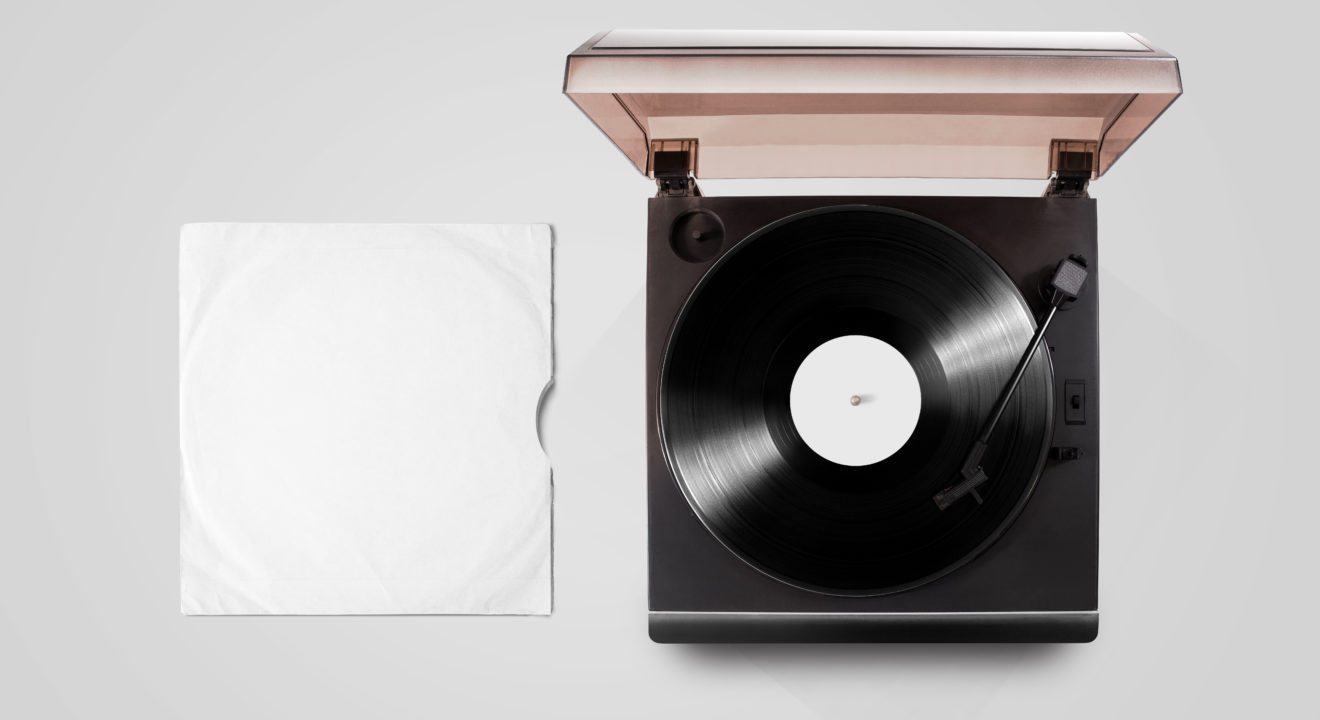Culture December 27, 2016


Are you obsessed with music? Are you connected at the hip to your tunes and do your earbud cord hangs from your head like another appendage on your body?
Listening to music was once not as easy as hitting play on your Spotify playlist. Only 100 years ago, the radio was the best way people could hear their favorite tunes. And even then, the radio wasn’t exactly portable.
Let’s see how far we’ve come. Here’s a short breakdown of the history of music playing technology.
READ MORE: 10 Music Festivals That Should Be on Your Bucket List
In 1887, the monstrous phonograph was invented by Thomas Edison. In the same way a record player works, the needle ran over grooves in a disk, which created faint vibrations of the music. The needle would also vibrate a diaphragm, from where the sounds would be amplified (thus the huge horn).
Though record players had basically the same premise as the phonograph, the technology was vastly improved. The use of vinyl records became a mainstream form of playing music. Flat disk records and jukeboxes gained momentous popularity.
Around 1912, people began to use radio waves to broadcast music. After World War I, radio stations began to pop up more frequently. However, the beginnings of radio broadcast of music were faced with some backlash. People were stuck in their ways and thought that radio waves should only be used to spread information, not entertainment.
Basically a bulkier cassette tape, the 8 track was exactly what it sounds like – a tape with eight tracks on it. Despite its apparent capability to play music at a high resolution, the number of design flaws in 8 track technology led to easy wear-down and muddled sound.
Once cassette tapes proved to be a viable alternative for 8 tracks, they quickly stole the market. Not only were they capable of the same music quality, but they were also smaller and more portable than the bulky 8 track tapes. Smaller size also meant smaller tape decks in vehicles, along with easier storage.
READ MORE: Top 5 Female Music Duos That Should Be on Your #GirlPower Playlist
Though the creation of the Walkman goes along with the cassette era, it’s existence changed the world of music technology. With the invention of the Walkman, music become portable and a whole new realm of possibilities became apparent.
In the 1980s, the first CDs for commercial use became available. Though digital recording had been used since the 1960s, it wasn’t standardized until the 1980s. Once it was standardized, businesses could test their luck with the new industry. Portable CD players made them just as convenient, if not more convenient, than the out-of-date Walkman.
With the invention of MP3 player, playing music reached the peak of convenience. As the coding improved, so did the sound quality. These devices were super portable and perfect for music lovers of the time. Tons of sites popped up that promoted pirating music, such as Limewire and Napster. To the dismay of college students of the time, most similar sites were taken down.
From the time it came out to present day, iPods have dominated the music playing world. When the iPod came out, it was the belle of the ball. Despite other music playing devices and advancements over the years, no others have beclouded the glimmering reputation of the iPod and other Apple music devices.
Nowadays, most of our music is played from our computers or phones. When it became a hassle to download and organize all of our musics onto different devices, streaming sites seem to point towards the future of music listening. Sites like Pandora, iHeart Radio, iTunes and Spotify are pulling huge audiences to their services. Who wouldn’t want a constant stream of seemingly boundless options? Yes, please.
READ MORE: Want to Be a Singing Superstar? Here’s How to Read Sheet Music